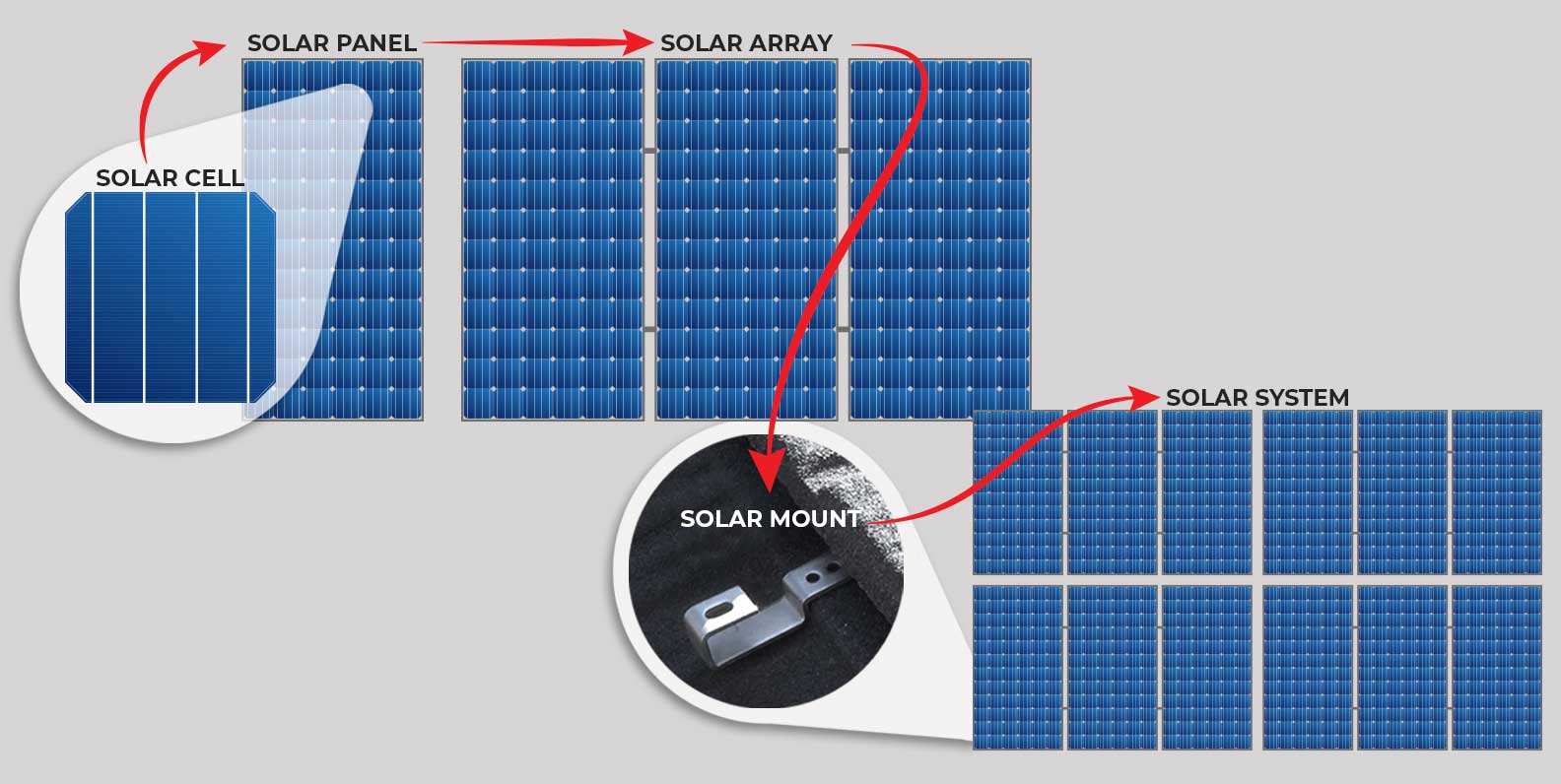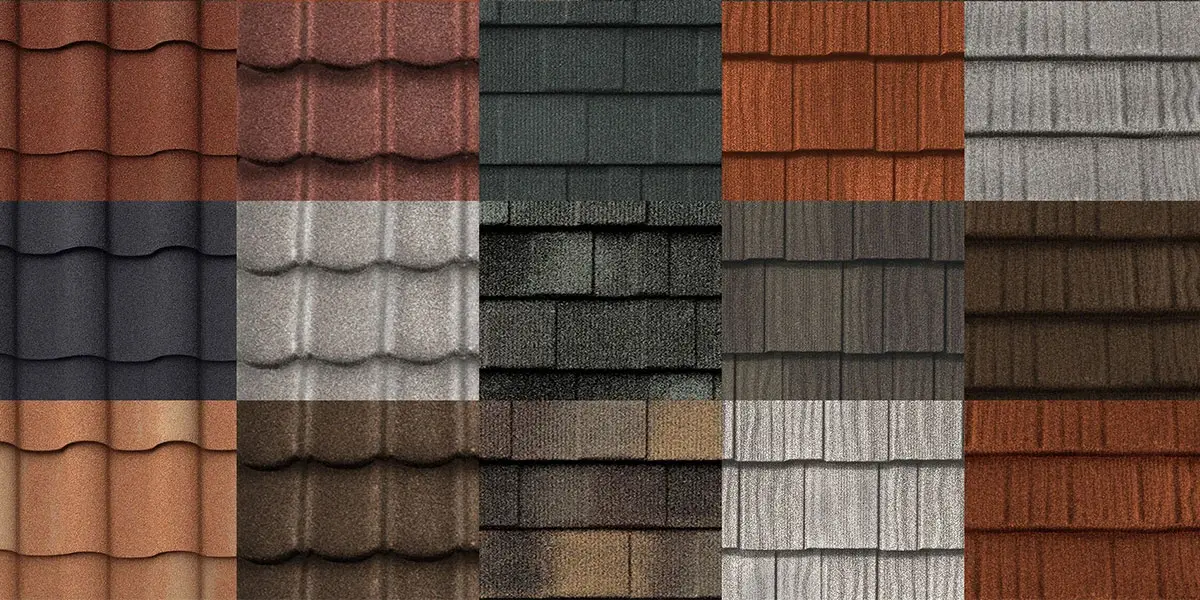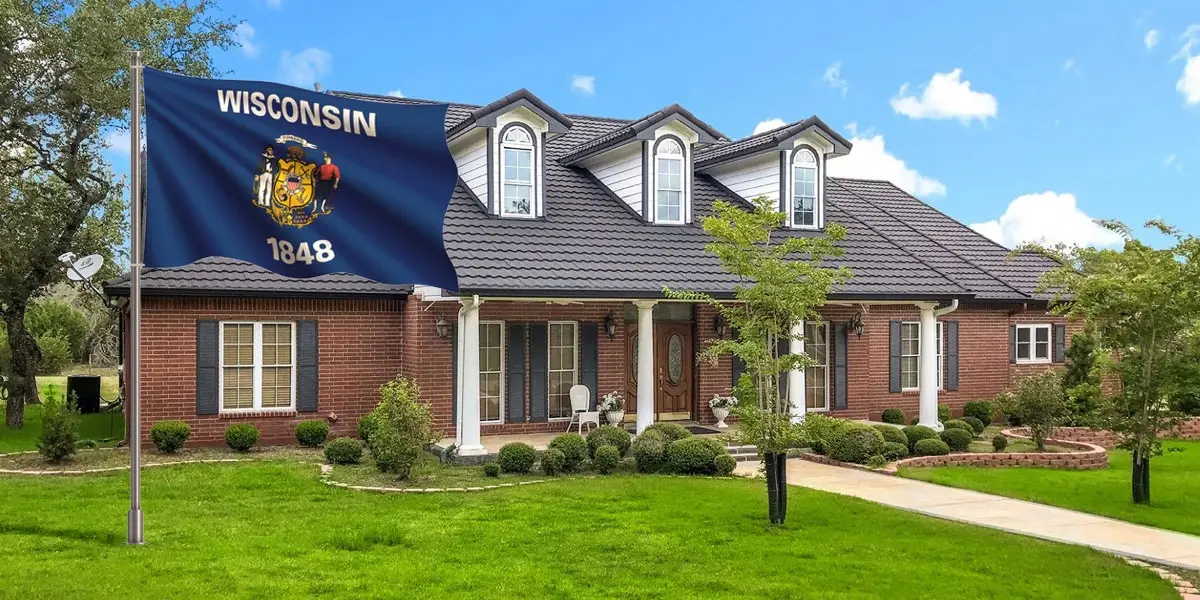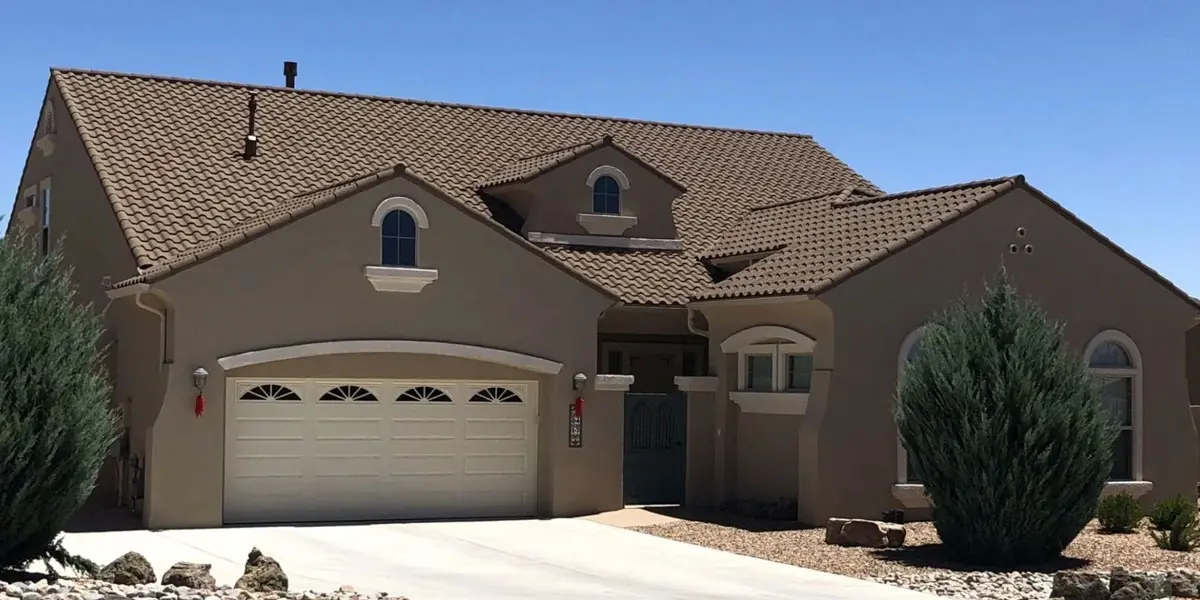Metal roofs are rated one of the best roofing materials for solar compatibility. The “energy synergy” between metal roofing and solar results in one of the strongest, longest-lasting and most energy-efficient roofing solutions.
With the largest Q3 on record for solar installations in 2021 (up 33% year-over-year), skyrocketing energy costs and record prices at the pump, roofing contractors should prepare for a surge in homeowners looking to go solar.
Metal roofing is also experiencing a surge in demand. The durability and longevity of metal roofing has made it the second most popular roofing material in the U.S. But, homeowner demand for metal roofing exceeds the number of qualified roofing contractors in many areas. Roofing contractors who are looking to expand their service offerings are perfectly positioned to capitalize on this rapidly growing and lucrative market.
Additionally, most solar installers don’t provide roofing services, and since solar can’t be installed on old or damaged roofs, re-roofing is common with solar. This creates a golden opportunity for roofing contractors to provide roof inspections, solar mounting and re-roofing services.
To help prepare roofing contractors for the surge in solar and the momentum of metal, we’ve put together four of the most frequently asked questions about solar and metal roofing.
But before we jump into the FAQs, let’s first cover some common solar terms.
- Solar cell: Solar cells are building blocks of solar panels and produce electricity through a natural reaction, known as the photovoltaic effect.
- Solar panel: Multiple solar cells are configured together in standardized arrangements called solar panels.
- Solar array: When solar panels are grouped together to generate electricity as a system, it’s called a solar array. Solar arrays are not standardized and can vary from one home to the next. The configuration of the solar array is typically dependent on roof size and the amount of power required.
- Solar mount: Also known as a solar panel mount or solar racking system, solar mounts are used to attach the solar array to the roof and ensure the panels stay put in harsh weather conditions. Typically, roofing contractors install the solar mounts and then solar installations attach the array to the mounts and complete the solar system installation.
- Solar system: Solar cells, solar panels and solar arrays make up the complete solar system. This may also be referred to as a photovoltaic system, PV system or solar power system.
1. Are metal roofs and solar power systems compatible?
Yes! Metal roofs are rated the best roofing material for solar panel compatibility and are considered a top choice among roofing contractors and solar installers due to their strength, which can easily support the weight of the solar array, panels, mounting racks and associated hardware.
It’s important to mention that in some areas, especially those where asphalt shingles are still popular, some solar installers may not be familiar with installing solar on a metal roof.
Clean Energy Authority advises homeowners that “not all solar installers are experts with metal roofs. But if you have a metal roof, it’s likely there is an installer in your community who understands metal roof solar installations. But the answer is a resounding “yes” – you can absolutely install solar panels on a metal roof.”
2. Why is metal roofing better than asphalt shingles for solar?
Solar panel performance is rated (and often warrantied) for about 25 years. The lifespan of solar panels creates a major issue with asphalt roofs.
Asphalt roofs need to be replaced as frequently as every 12 years, so a solar system will likely outlast an asphalt roof. When a roof needs to be replaced, so does the entire solar panel system. This is frustrating, time-consuming and costly for homeowners due to the fact that solar panels must be carefully removed, and then reinstalled once the roof replacement project is complete.
Additionally, asphalt roofs can be extremely heavy. Since solar panel systems are heavy as well, additional construction may be required to support their combined weight.
A metal roof, on the other hand, will easily endure for 70 years or more, giving homeowners the peace of mind that their roof will outlast even the best solar panels.
Metal roofs are not only one of the strongest and longest-lasting roofs on the market, but they are also the lightest. At just 1.4 to 1.6 pounds per square foot, metal roof installations can support the weight of an entire solar panel system without requiring reinforcement of the roof deck.
3. How are solar mounts typically installed on a metal roof?
The solar industry has introduced a wide variety of innovative solar mounting products. Easy-to-install on either batten or direct-to-deck profiles, solar mounts don’t require any special materials, tools or hardware to prepare the roof for solar.
As mentioned by Solar Power World, “When it comes to residential solar installations, solar panels are often found on sloped rooftops. There are many mounting system options for these angled roofs, with the most common being railed, rail-less and shared rail. All of these systems require some type of penetration or anchoring into the roof, whether that’s attaching to rafters or directly to the decking.
The standard residential system uses rails attached to the roof to support rows of solar panels. Each panel, usually positioned vertically/portrait-style, attaches to two rails with clamps. The rails are secured to the roof by a type of bolt or screw, with flashing installed around/over the hole for a watertight seal.”
For example, QuickBolt offers mounting products for DECRA profiles that are installed on battens, such as DECRA Tile and DECRA Shake.
Quick Mount provides mounting products specifically designed for installing solar arrays on direct-to-deck products, such as DECRA Villa Tile, DECRA Shingle XD and DECRA Shake XD.
To illustrate the ease of installation, here is the simple procedure for installing QuickBOLT mounts.
4. How Does the Solar Tax Credit Work in 2022?
The driving force behind the popularity of solar is the ROI it provides. The immediate ROI begins with the first lowered electric bill and continues the savings on energy expenses year after year.
As stated by Solar Reviews, “Most homeowners in the United States can expect their solar panels to pay for themselves in between 9 and 12 years, depending on the state they live in.”
In addition to the savings on energy costs, solar installations are often eligible for substantial tax credits.
While the federal investment tax credit (ITC) of 26% for residential solar power systems will be available through 2023, it isn’t the only incentive for solar installations. Most states offer solar tax incentives or rebates that can be used in addition to the federal tax credit. These tax credits can amount to an additional savings of $1,000 to $6,000.
According to this Buyer's Guide, “The federal solar tax credit is the most popular financial incentive for homeowners looking to go solar. The 26% tax credit is a dollar-for-dollar reduction of the income tax you owe. Many homeowners think they are not eligible for the solar tax credit because they don’t have an additional tax bill at the end of the year. This is not the case, the federal solar tax credit can get back a refund of the taxes you have already paid out of your weekly or bi-weekly paycheck. Also, if you don’t have enough tax liability to claim the credit in that year, you can roll over the rest of your credits to future years.”
It’s important to educate homeowners that the best time to go solar is now since the 26% federal tax credit will decrease to 22% in 2023 before becoming unavailable for residential solar systems installed in 2024 and beyond.
Tap Into the Solar and Metal Roofing Market with DECRA
Expanding into solar is a no-brainer given the huge growth potential as homeowners make the transition to more sustainable roofing options. If you’re looking to grow your roofing business in 2022, offering solar-friendly DECRA Metal Roofing is an easy way to capitalize on this rapidly growing and lucrative market.
The first step to getting started is to join the DECRA Contractor Network.



.jpg?width=800&height=280&name=decra-metal-roofing-web-join-contractor-network-blog-cta%20(1).jpg)




